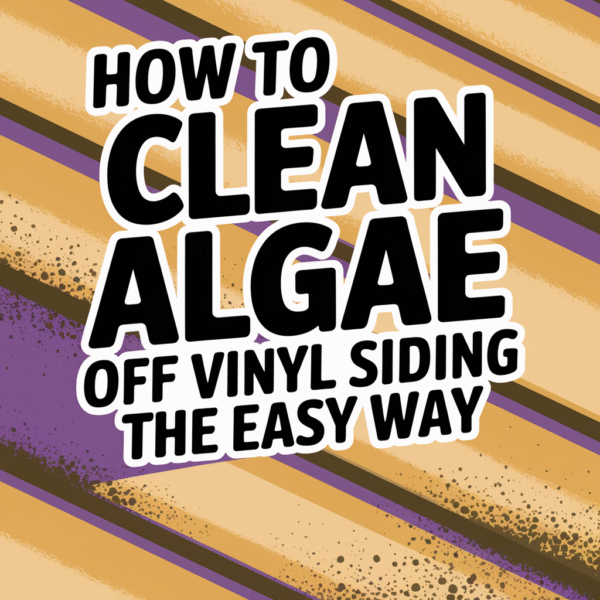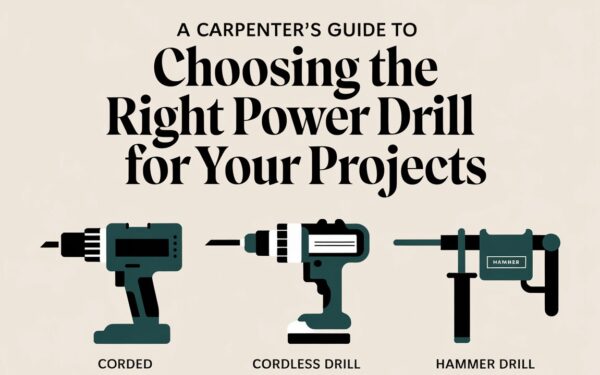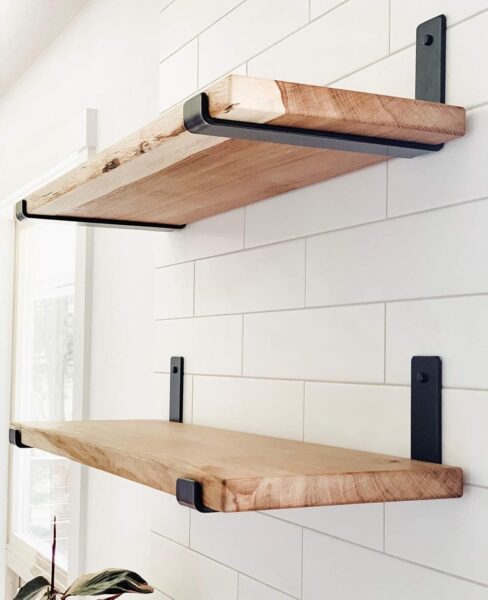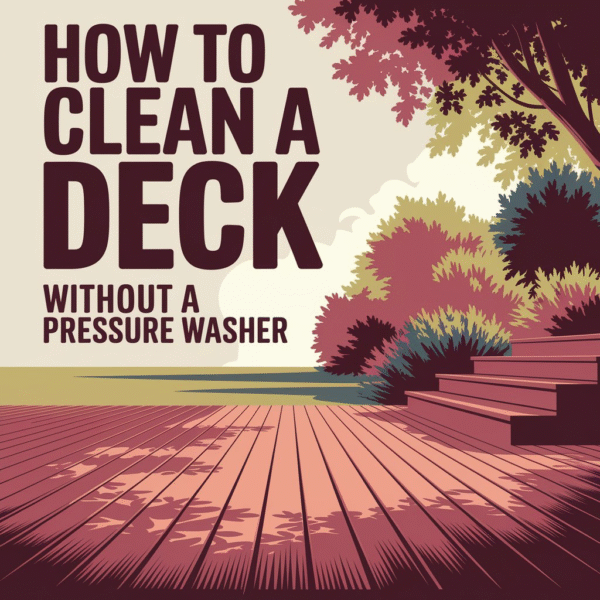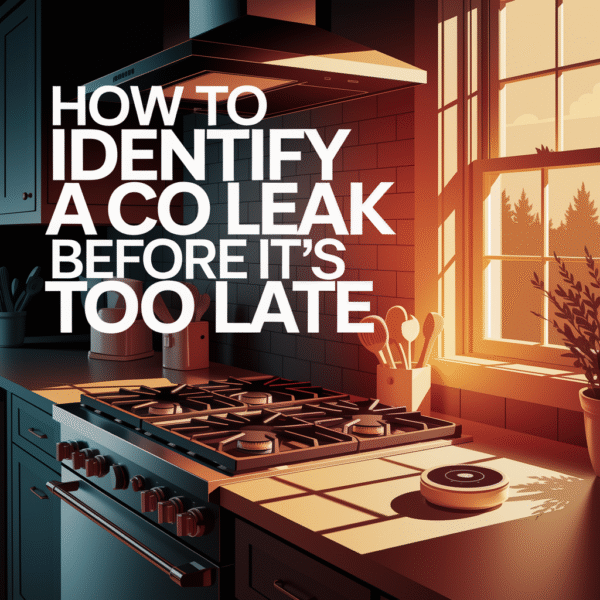
Early Signs of a CO Leak You Shouldn’t Ignore
Carbon monoxide (CO) is known as the silent killer for a reason—it’s odorless, colorless, and can build up in your home without any warning. A proper CO detector is the only guaranteed way to catch it before it harms your family.
But there are some red flags you can keep an eye out for. In our home, I noticed subtle things—extra moisture on the windows, a furnace acting up, and even headaches that came and went indoors. These little clues turned out to be bigger than I thought.
In this guide, I’ll walk you through the common warning signs, and how to protect your home the right way.
👉 If you’re ready for the full rundown, check out How to Prevent Carbon Monoxide Poisoning.
1. Visible Soot Around Gas Appliances
Check the areas around your stove, furnace, or water heater. Do you see any soot stains, discoloration, or streaking around the burners?
That could mean the fuel isn’t burning properly—a common cause of carbon monoxide buildup. I found some around our old gas fireplace, and it was a sign the vent wasn’t working like it should.
If you’re seeing this, stop using the appliance and get it inspected.
Also, read this helpful guide:
👉 What Causes Carbon Monoxide Poisoning in a Home? — it goes deeper into gas appliance issues.
2. Pilot Lights That Keep Going Out
If your gas appliance’s pilot light keeps blowing out, there’s a good chance something is off.
CO can be produced when:
- Ventilation is poor
- Combustion is incomplete
- Something’s blocking airflow
We had an issue with a water heater that would light… then fizzle out. It turned out the exhaust vent was partially blocked. It could have led to CO backing up into our home.
Learn more about common winter risks like these:
👉 Winter Warning: Prevent Carbon Monoxide Danger by Clearing Snow — especially important if you use gas heating or have outdoor vents.
3. Excessive Window Condensation or Stale Air
When carbon monoxide is building up, air quality suffers. One of the first signs I noticed was moisture dripping down our windows—even when it wasn’t that cold outside.
That extra condensation is a sign your home’s air circulation is poor, and possibly that appliances are producing combustion gases like CO without proper venting.
Along with stale or “heavy” air, this is something you should never ignore.
Want to improve air quality? Try this DIY tip I now swear by:
👉 Activated Carbon Air Vent Filters — super easy to install, and they make a real difference.
4. Strange Smells (That Aren’t CO) Like Rotten Eggs or Fuel
Here’s the tricky thing: carbon monoxide has no smell. But gas leaks (especially propane or natural gas) do have warning odors added to them—like that classic rotten egg smell.
If you notice strange smells near your gas line or furnace, get out of the house immediately and call your gas company. It could be a gas leak leading to CO production.
For quick help on smells you shouldn’t ignore:
👉 Rotten Egg Smell in House? Here’s Why and How to Fix It Fast
5. Physical Symptoms Indoors That Go Away Outside
This one happened to a friend of mine—he and his wife kept getting headaches and nausea at home, but felt fine the second they stepped outside.
It’s a major red flag.
Symptoms of CO exposure can include:
- Dull headaches
- Dizziness or confusion
- Shortness of breath
- Nausea
- Chest pain
If you feel worse at home than anywhere else? That’s a sign to act fast.
Take no chances. Read this full walkthrough on staying protected year-round:
👉 How to Prevent Carbon Monoxide Poisoning
6. The Most Important Tool: A CO Detector
All these signs are helpful, but none of them replace a CO alarm. We installed ours in the hallway near bedrooms, and it gives serious peace of mind.
Tips for placement:
- One outside each sleeping area
- One on every floor
- Near fuel-burning appliances (but not directly next to them)
If you want to make sure your whole system is solid, this guide is a great place to start:
👉 How to Choose the Best Wireless Security Camera System with Remote Viewing — it includes ideas for monitoring your home even when you’re away.
CO Isn’t the Only Danger—Freezing Temps Can Create Risks Too
Another thing to watch out for? Blocked exhaust vents caused by snow or ice, especially with gas furnaces and water heaters.
Frozen pipes can break, but they can also push dangerous gases back into your home when drains or vents are clogged.
Here’s what I learned during one brutal freeze:
👉 What to Do With Frozen Pipes: Tips to Prevent Damage
👉 Understanding Propane Storage: Longevity and Safety in a 500 Gallon Tank
If You Suspect a Leak—Don’t Wait
Carbon monoxide can be deadly. If you’re ever unsure or notice even one of these signs, get everyone out of the house, call emergency services or your utility provider, and ventilate the home if safe to do so.
Better to overreact and be safe.
For the full list of CO causes, prevention tips, and long-term safety gear to consider, check this out now:
👉 How to Identify a CO Leak Before It’s Too Late
👉 How to Prevent Carbon Monoxide Poisoning
As an Amazon Associate we earn from qualifying purchases through some links in our articles.
